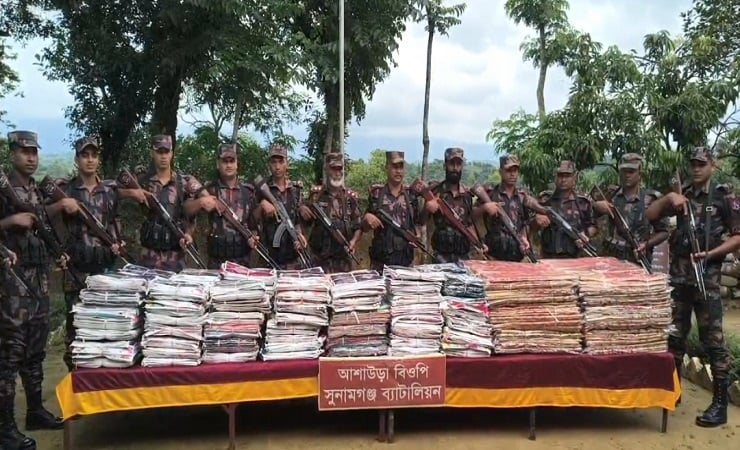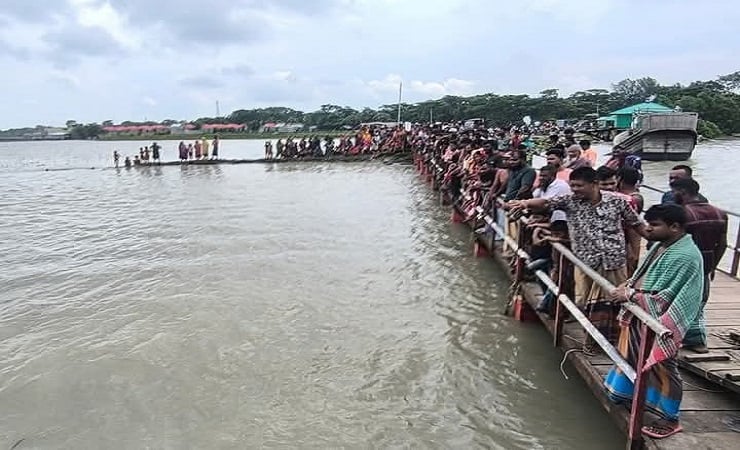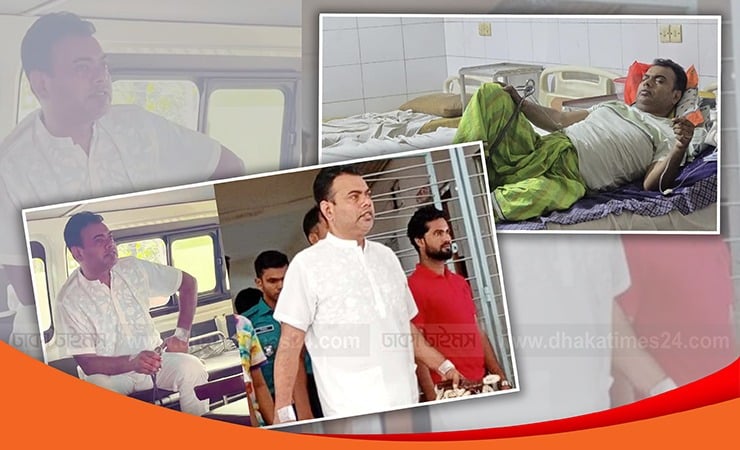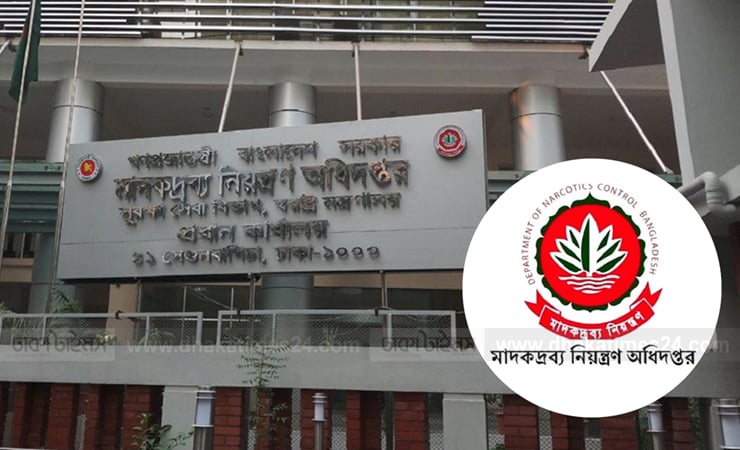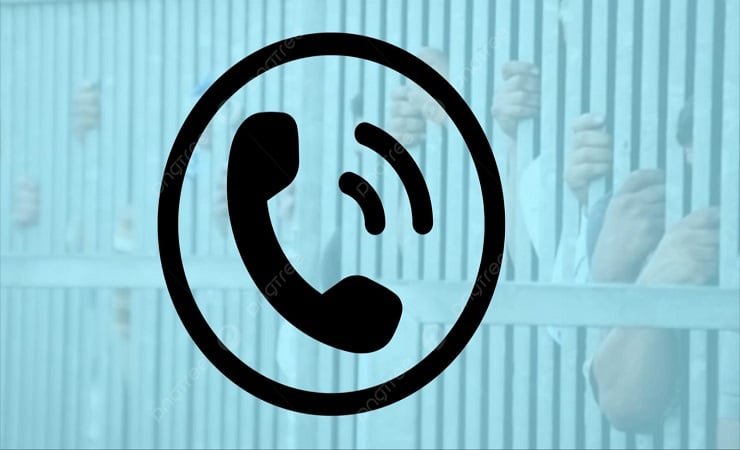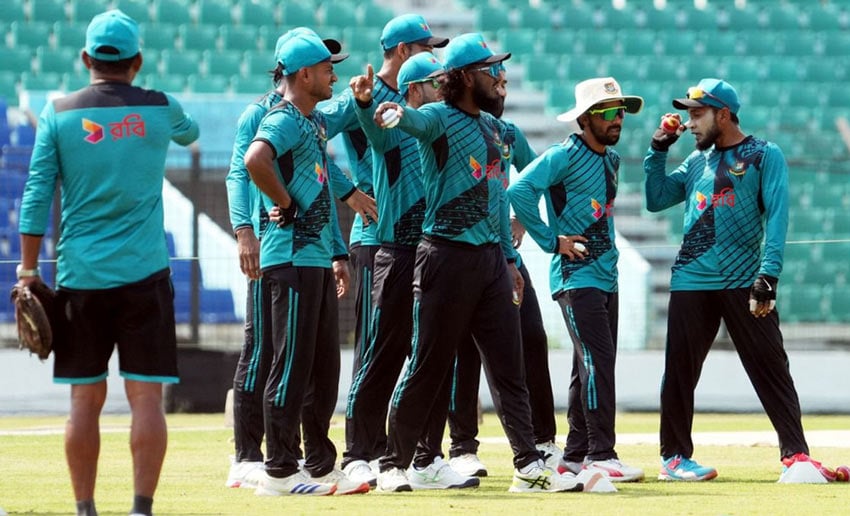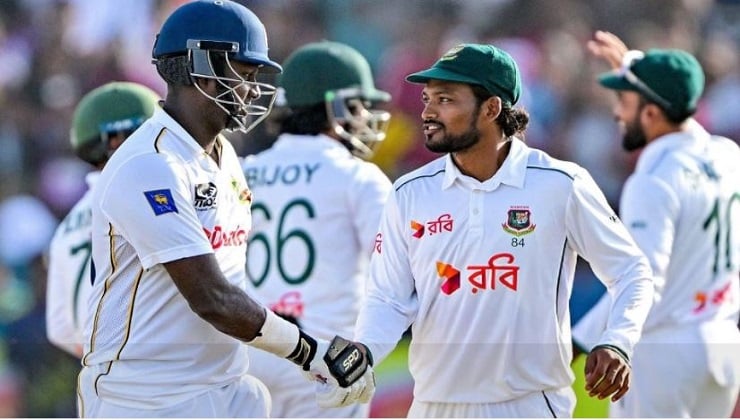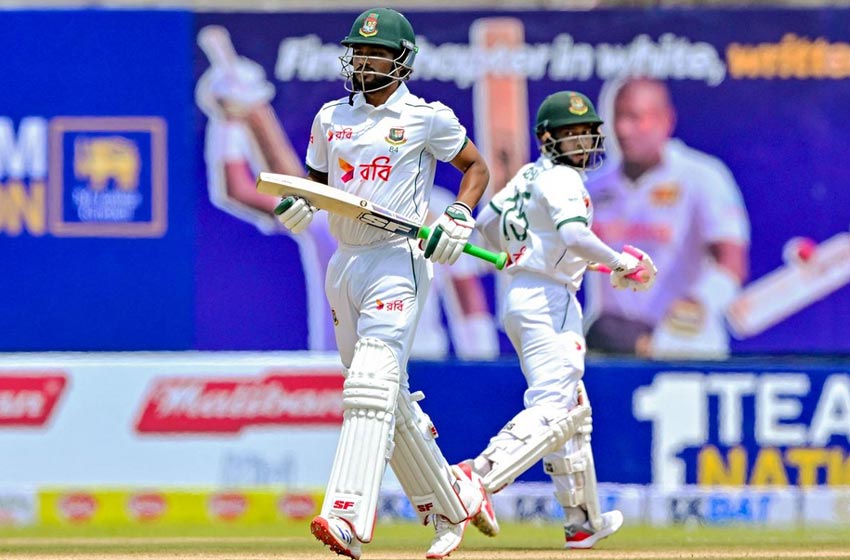Thirty Seconds to Silence — The Tragedy of Air India 171
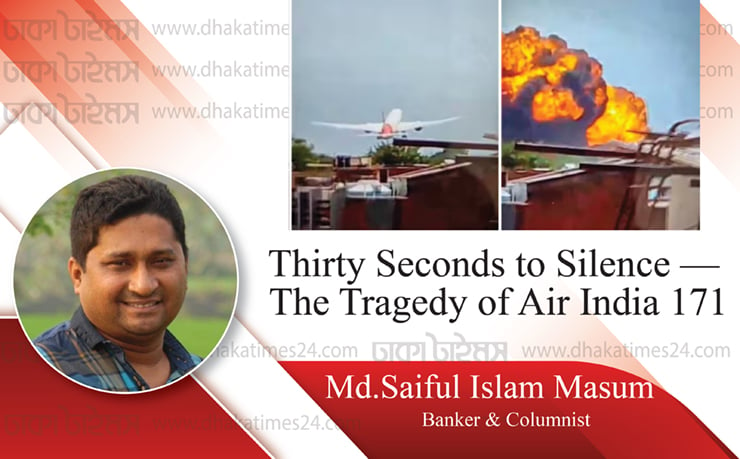
The sky over Ahmedabad was clear. A quiet June morning, like any other. But at 10:07 a.m., that silence was split open — by the deafening roar of a falling Dreamliner. Air India Flight 171, bound for London, never even left Indian soil in spirit. It barely left the ground in body. In just 32 cursed seconds, the aircraft plummeted into a fiery grave, crashing beside the B.J. Medical College — leaving behind a blackened trail of death, grief, and questions that may never find satisfying answers. Inside that plane were 242 souls — children, parents, lovers, dreamers, students, tourists, and a crew that believed in the sky. Most were Indian. Some British. A few Portuguese. One Canadian. By the time the smoke cleared, only one lived. 241 dead in the sky, and more than 28 on the ground. Doctors in training died where they stood, in a hostel meant to heal, not to burn. Homes near the crash site became funeral homes. Mothers wept holding the charred bangles of daughters they waved goodbye to an hour earlier. A father collapsed on live TV upon hearing his son never made it past takeoff. India didn’t just lose passengers — it lost pieces of its people.
Among the dead was former Gujarat Chief Minister Vijay Rupani — whose return to public life was to be announced in London. Instead, his name returned with flames. The youngest victim? A two-year-old girl, flying for the first time. Her tiny body was recovered clutching a soft toy — untouched by flame, as if the universe knew innocence should be left alone.
The sole survivor, Vishwashkumar Ramesh, 40, still cannot understand what saved him. He sat near an emergency exit. Perhaps it blew open early. Perhaps fate forgot to collect him. “I don’t know how I’m alive,” he whispered from his hospital bed. His brother says he screams in his sleep — screams that echo the ones trapped in that metal coffin as it fell.
Initial reports suggest technical misconfiguration — landing gear left deployed, flaps poorly aligned. But speculation swirls like the ashes in the wind: sabotage? bird strike? contaminated fuel? or simply one mistake too many in a broken system? CCTV footage shows the plane never rose above 625 feet. It tried — and failed — to climb out of doom. A Dreamliner that couldn’t dream.
What deepens the tragedy is not just the crash — it’s the warning signs ignored. Air India’s 787s have been under scrutiny. Complaints of electrical faults, broken lavatories, malfunctioning lights. Whispered fears from maintenance crews who say “the birds aren’t ready, but they fly anyway.” How many alarms must blare before someone listens?
And then, there’s the worst wound of all — the spectacle of human apathy. As rescue teams pulled out charred limbs, bystanders filmed it on phones. Some posted selfies near wreckage. Others livestreamed sobbing relatives. The tragedy became a trend. As if a nation’s mourning were a form of entertainment.
Now, questions fall harder than the plane did. Will compensation heal a family that lost all its children? Will black boxes tell stories that bodies could not? Will the DGCA, Boeing, or Tata’s Air India carry this weight? Or will they bury it, like they’ve buried every other accountability?
More than a crash, this was a catastrophe of confidence — in modern engineering, in the aviation system, in human decency. What is a country to do, when even the sky becomes unsafe? How do you rebuild faith when wings turn to coffins?
In Ahmedabad, the scent of aviation fuel still hangs in the air. But louder than that are the wails inside shuttered homes, the soft murmur of “she was just leaving for London,” and the cold thump of reality — that no one is too high to fall.
The clocks read 10:07 a.m. when the Dreamliner lifted off.
At 10:08, it was gone.
And with it, hundreds of lives, thousands of dreams, and a nation's peace of mind.Writer: Banker & Columnist
 ঢাকা টাইমস অনলাইন এর সর্বশেষ খবর পেতে Google News ফিডটি ফলো করুন
ঢাকা টাইমস অনলাইন এর সর্বশেষ খবর পেতে Google News ফিডটি ফলো করুন
মন্তব্য করুন










